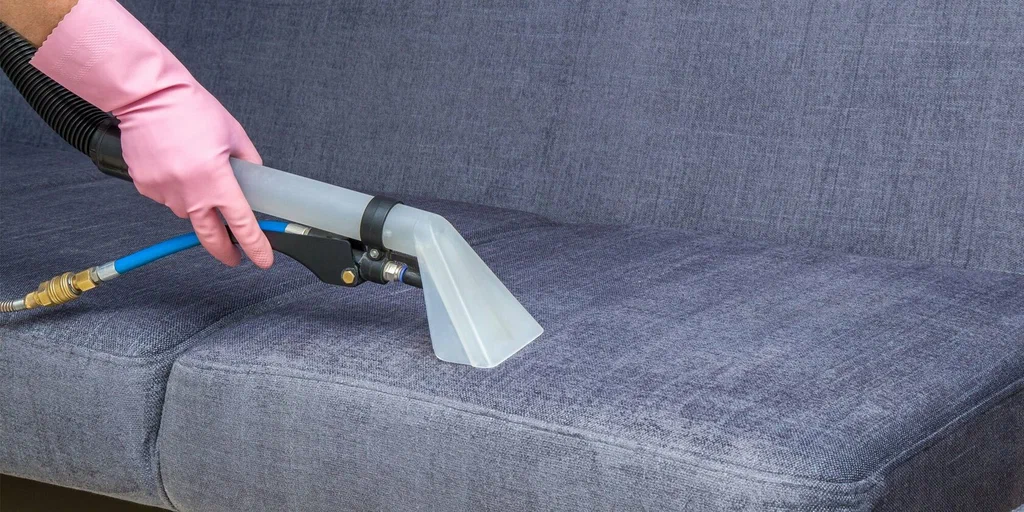When disaster strikes, whether through a sudden flood or a kitchen fire, your floors and furnishings are often among the first casualties. Carpets, area rugs, sofas, and chairs act like sponges, absorbing soot, moisture, bacteria, and odor. In homes affected by water damage in Long Beach, this becomes a major issue. Ignoring proper cleaning techniques can lead to mold growth, lingering odors, or even permanent fabric damage.
Understanding how to properly deep clean your carpets and upholstery after a water or fire event can make a major difference in restoring your home’s comfort and safety.
Why Immediate Cleaning Matters
1. Water Damage Risks:
In the aftermath of a flood or leak, moisture trapped in carpets and fabric furniture can lead to mold and mildew within 24–48 hours. This not only weakens material fibers but can pose respiratory risks to your family.
2. Fire & Smoke Residue:
Fires leave behind more than just visible soot. Microscopic smoke particles embed into fabric, causing discoloration, foul odor, and long-term deterioration if not properly treated.
Steps for Deep Cleaning Upholstery & Carpet
1. Assess the Damage First
Before any cleaning begins, inspect the damage. If water has soaked padding or underlying materials, full removal and replacement may be necessary. Fire damage also requires testing for chemical residues left behind by extinguishers or burning materials.
2. Remove Surface Debris
For both fire and flood scenarios, begin by vacuuming with a HEPA-filtered unit. This safely removes soot, ash, or dried mud without pushing particles deeper into the fibers.
3. Use the Right Cleaning Agents
Standard household cleaners often fall short. Professional-grade solutions—such as enzyme-based deodorizers and pH-balanced fabric shampoos—are essential for neutralizing contaminants.
4. Steam Clean & Extract Moisture
Hot water extraction is widely considered the gold standard for deep cleaning. It not only lifts dirt but also kills bacteria and helps restore texture. Drying should begin immediately after to prevent mildew formation.
5. Deodorize and Sanitize
Especially after fire damage, odor removal is critical. Professionals use ozone treatments and thermal fogging to neutralize odors trapped in upholstery foam or carpet padding.
6. Speed Up Drying
Use industrial air movers and dehumidifiers to accelerate the drying process. Never let fabrics dry naturally in a humid or poorly ventilated space—doing so invites mold.
When to Call in the Pros
While some minor cleanup can be done DIY, widespread damage or lingering odor is best left to certified professionals. If your property has experienced water damage in Long Beach, fast action is key.
The experienced team at Puroclean of Long Beach specializes in advanced upholstery and carpet cleaning following water or fire emergencies. With industry-grade equipment and proven restoration methods, they can restore your home’s interior safely and efficiently.
Final Thoughts
Recovering after a disaster can feel overwhelming, but taking steps to clean and restore your carpets and upholstery is one way to reclaim your comfort and peace of mind. Acting quickly and using proper techniques—or calling in professionals when needed—helps avoid long-term issues and ensures your living space is safe, clean, and truly home again.
